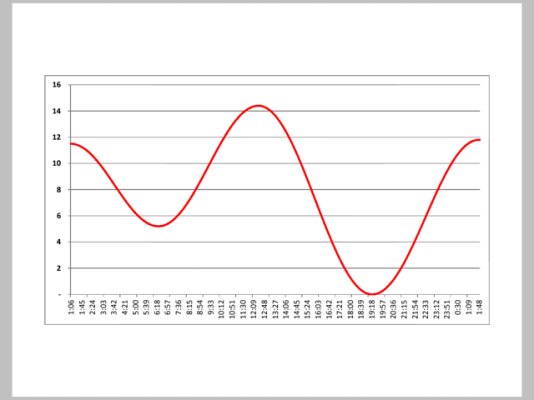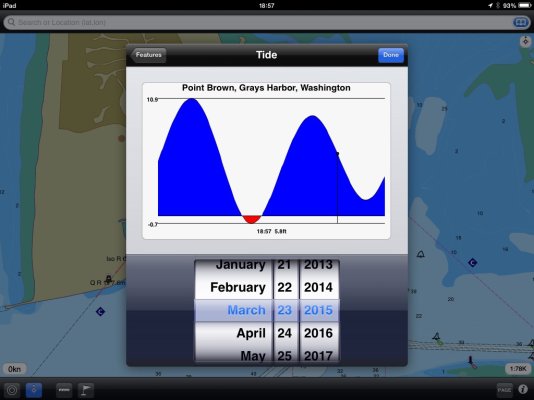Good question. Aside from the desire to do something oneself just for the challenge, it seems a lot of work just to get to the same place I can get to on my iPad with a couple of screen taps and then slide the timeline to see what the tide will be at any point during the 24 hour period.
Because I wanted to. I felt the learning experience was worth it. Sure, I have 3rd party software as well, but I wanted a tool to explore the CHS Canadian Tide and Current Tables in more detail and I was unable to find a spreadsheet template for this purpose on the internet. Also, I have a sense that the 3rd party software may use Alaskan tidal stations for reference to predict Central Area Tides and Currents, rather than the CHS reference stations.
I now have a working model that is robust to changes in inputs. No, I didn't use anything fancy such as rigorous time series analysis. Such an analysis is only useful with large historical time series (50-100 years of tidal records). So I developed a simple model for a single day, using the daily tide tables published by CHS.
The model:
h = h1 + (h2 - h1)[(cosA + 1)/2],
where A = π([(t - t1)/(t2 - t1)] + 1) radians
(Australian Hydrographic Service).
h1 = height from tide table at time t1
h2 = height from tide table at time t2
h...hn = incremental height at time t....tn (to be calculated between h1 and h2)
The model can also be used for currents by substituting tidal height with current in knots (+/-). The prediction model for currents shows some bias in estimates of “time of slack water”, with deviation of +/- 2-15 minutes, with increasing bias with increased time interval between peak current. This is probably due to the model’s inability to capture the correct asymmetry inherent in CHS predictions. The prediction model for tidal height appears to be reasonable for most purposes.
Jim


